Biomechanics Risk

Can studying sports biomechanics help prevent injuries in athletes ?
Sports biomechanics can help prevent injuries in athletes by identifying risk factors, optimizing movement patterns, and providing feedback and guidance. Examples include analyzing baseball pitchers' mechanics to reduce strain on their joints, gymnasts' movements to identify areas of stress, and runners' form to improve efficiency and reduce strain on their knees and ankles. By working with coaches and trainers who specialize in sports biomechanics, athletes can improve their technique and reduce their risk of injury over time.

What is the importance of biomechanics in sports research and development ?
Biomechanics is crucial in sports research and development. It involves the study of body movement and its interaction with external forces. By understanding biomechanics, athletes can improve performance, reduce injury risk, and enhance athletic ability. Biomechanics helps identify areas for improvement, prevent injuries, and develop better coordination and control. Overall, it's essential for athletes to reach their full potential.
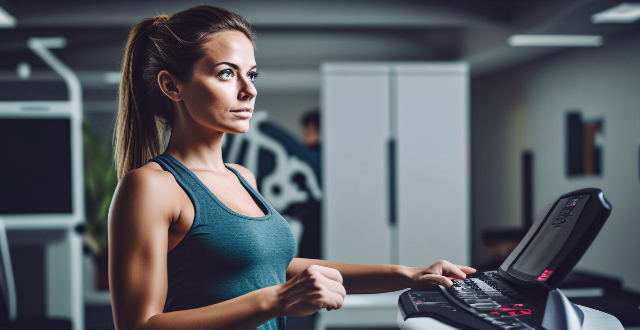
What role does kinetics play in the study of sports biomechanics ?
Kinetics is a key aspect of sports biomechanics, focusing on forces and motions in physical activity. It aids in understanding how athletes generate power, control movements, and enhance performance. Key points include force analysis (internal and external), energy considerations (potential, kinetic, work, and power), movement efficiency (mechanical advantage, joint reaction forces, ground reaction forces), injury prevention and rehabilitation (overuse and traumatic injuries, rehab programs), and performance optimization (technique analysis, equipment design, training methods). Overall, kinetics helps coaches, athletes, and researchers make informed decisions about training, equipment, and technique to achieve safe and effective goals.

What is sports biomechanics and how does it apply to athletic performance ?
Sports biomechanics is a subdiscipline that applies mechanics principles to study human movement in sports and exercise. It focuses on how forces and motion affect the body during physical activity, combining knowledge from physics, biology, engineering, and other areas for understanding and improving athletic performance. Key concepts include kinematics, kinetics, and dynamics. Applications of sports biomechanics include injury prevention through gait analysis and movement optimization; technique improvement via motion analysis and force plates; equipment design considering ergonomics and material science; training programs that incorporate resistance, flexibility, and stability training; performance analysis using data analysis and feedback systems; and recovery strategies like physical therapy and rest-activity balance.

In what ways can technology be utilized to enhance sports biomechanics analysis ?
Technology has revolutionized sports biomechanics analysis, providing new tools and methods for coaches, athletes, and researchers. Video analysis software allows frame-by-frame review of performances, wearable technology provides real-time data on an athlete's physiology, force plates measure ground reaction forces, motion capture systems track movements in three dimensions, and computer simulation modeling creates virtual models of an athlete's movements. These technologies have made it easier than ever before to collect and analyze data on an athlete's performance, leading to improved training programs, injury prevention, and overall performance optimization.
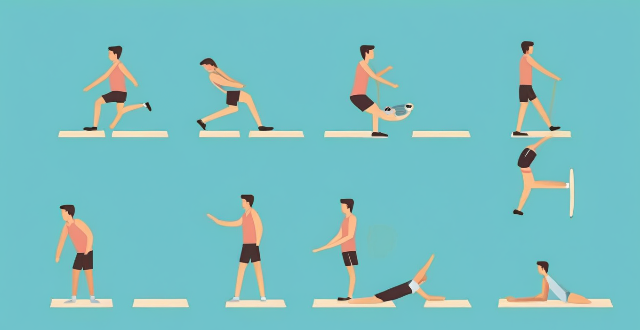
How do force vectors influence an athlete's movement in sports biomechanics ?
Force vectors play a crucial role in sports biomechanics. The magnitude and direction of force vectors determine an athlete's acceleration, deceleration, and direction of motion. There are several types of force vectors, including internal, external, contact, frictional, and elastic forces. Understanding how these force vectors influence an athlete's movement is essential for improving performance and preventing injuries in sports. Coaches and athletes can use this knowledge to optimize their training programs and techniques.
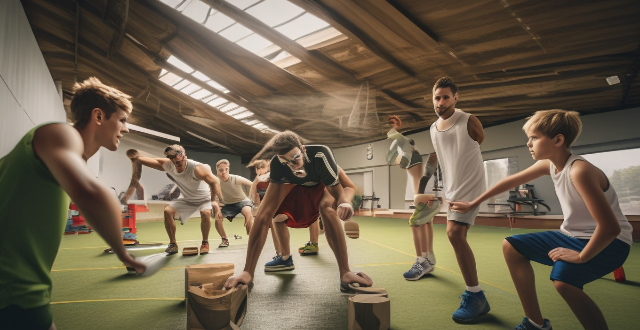
How does sports biomechanics address the unique challenges faced by athletes with disabilities ?
Sports biomechanics plays a crucial role in addressing the unique challenges faced by athletes with disabilities. It helps optimize their performance, enhance their training, and improve their overall well-being through customized equipment design, gait analysis and rehabilitation, sport-specific technique optimization, inclusive sports development, and education and advocacy efforts.
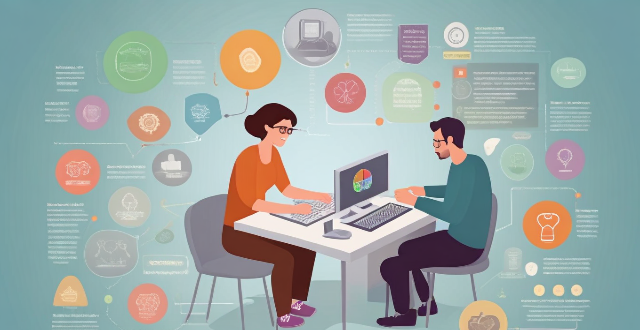
How can biomechanics help athletes optimize their performance ?
Biomechanics aids athletes in optimizing performance through improved technique, enhanced training methods, and injury prevention. It involves analyzing movement patterns, optimizing coordination, creating customized training programs, integrating technology, identifying risk factors for injuries, and providing rehabilitation support. Mental aspects are also addressed through cognitive strategies and feedback mechanisms. Overall, biomechanics offers a multifaceted approach to help athletes reach their peak potential safely and effectively.

How can coaches use sports biomechanics to optimize training programs for their athletes ?
How coaches can use sports biomechanics to optimize training programs for their athletes, including improved technique, injury prevention, and enhanced performance. Steps to integrate sports biomechanics into training programs include assessing the athlete's baseline performance, analyzing their technique, designing a customized training program, monitoring progress and making adjustments, and incorporating technology into training sessions. Examples of how sports biomechanics can optimize training programs include strength training, running mechanics, and swimming technique.

In what ways do factors like body composition and flexibility affect sports biomechanics ?
In sports biomechanics, body composition and flexibility are crucial factors affecting performance. Increased muscle mass and a high strength-to-weight ratio enhance power in weightlifting and sprinting. A lower fat percentage improves aerodynamics and reduces energy expenditure in endurance activities. Higher bone density offers better support in impact-heavy sports. Greater flexibility increases the range of motion, preventing injuries and improving efficiency in rapid movements. Optimal body composition and flexibility can significantly improve an athlete's performance and reduce injury risk.

How does understanding joint mechanics contribute to improving athletic performance through sports biomechanics ?
Understanding joint mechanics is crucial for improving athletic performance in sports biomechanics. By optimizing movement patterns, preventing injuries, enhancing force production, and improving stability, athletes can achieve greater success in their chosen sports. Sports biomechanists analyze an athlete's joint mechanics to develop targeted training programs that improve joint function and overall performance. Advances in sports technology provide real-time feedback on joint mechanics during training and competition, allowing athletes to fine-tune their technique and make adjustments to their training program as needed.

How do the principles of sports biomechanics differ between individual and team sports ?
This text discusses the principles of sports biomechanics in individual and team sports. It highlights the differences in kinematics, kinetics, and coordination between the two types of sports. In individual sports, there is a focus on precision, technique optimization, and personal performance, while team sports emphasize strategic interactions, group coordination, and adaptability to complex game situations. The text concludes by emphasizing the importance of understanding these distinctions for coaches and athletes to tailor their training approaches to best suit the specific demands of their chosen sport.

What is the risk involved in investing in bonds ?
Investing in bonds carries risks such as interest rate, credit, inflation, liquidity, reinvestment, call, prepayment, foreign currency, and political/regulatory changes. Understanding and managing these risks is crucial for protecting your investment. Diversifying your portfolio across different types of bonds and monitoring market conditions can help mitigate these risks.

What are the key components of a successful disaster risk management plan ?
Key Components of a Successful Disaster Risk Management Plan include: 1. Risk Assessment 2. Prevention and Mitigation Strategies 3. Preparedness Activities 4. Response Mechanisms 5. Recovery and Rehabilitation 6. Continuous Improvement

Why is it important to conduct a climate risk assessment ?
Climate risk assessment is crucial for understanding the potential impacts of climate change on different sectors and systems, identifying vulnerabilities and risks, developing adaptation strategies and policies, enhancing resilience and reducing losses, and supporting decision making. It helps in building a more resilient and sustainable future for all.

How can governments implement climate risk management policies to protect their citizens and infrastructure ?
Governments can implement climate risk management policies by assessing the risks, developing a comprehensive plan, investing in resilience and adaptation measures, engaging stakeholders and building public awareness, and monitoring and evaluating progress.

How has technology impacted sports research and development ?
Technology has significantly impacted sports research and development by introducing advanced tracking systems, virtual reality training, data analysis tools, biomechanics applications, and nutrition science advancements. These technological innovations enable athletes, coaches, and researchers to optimize performance, prevent injuries, and gain a deeper understanding of the science behind sports.
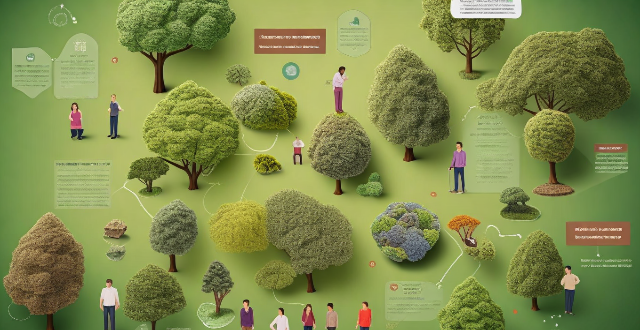
What is disaster risk management ?
Disaster risk management (DRM) is a comprehensive approach aimed at reducing the impact of natural and human-made disasters on communities. It involves understanding, assessing, and reducing risks through prevention, preparedness, response, and recovery strategies. The goal is to ensure that people's lives and livelihoods are not compromised by disaster events. Key components include risk assessment, hazard mitigation, early warning systems, emergency planning, community education, immediate action, coordination, rehabilitation, reconstruction, and sustainable development. Best practices involve multi-stakeholder collaboration, gender sensitivity, use of technology, inclusive planning, and regular review and updating. Challenges include limited resources, political will, information gaps, and cultural differences. Effective DRM requires a multifaceted approach that considers social, economic, and environmental factors.

What is climate risk assessment ?
Climate risk assessment is a systematic process that identifies, evaluates, and prioritizes the potential impacts of climate change on a specific region or sector. It involves analyzing the likelihood and severity of various climate-related risks, such as extreme weather events, sea level rise, and changes in temperature and precipitation patterns. The goal of climate risk assessment is to inform decision-makers about the risks associated with climate change and help them develop strategies to manage and adapt to these risks. Key components of climate risk assessment include identifying potential risks, evaluating their potential impacts, prioritizing them based on severity and likelihood of occurrence, and developing adaptation strategies to reduce potential impacts. By implementing these strategies, decision-makers can help ensure that their communities are better prepared for the challenges posed by climate change.
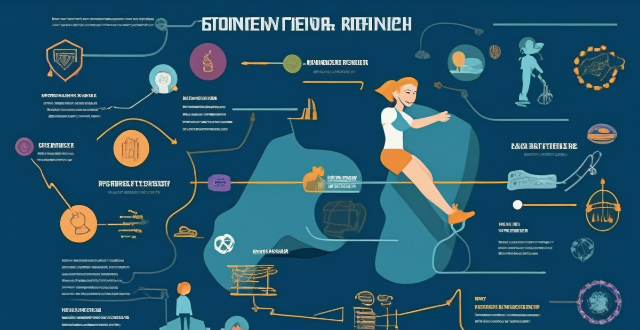
How can sports research and development help prevent injuries ?
Sports research and development can help prevent injuries by understanding injury mechanisms, developing prevention strategies, and utilizing technology and education. Biomechanics studies and epidemiological research provide insights into how forces affect the body during physical activity and identify common factors that contribute to injuries. Based on these findings, sports scientists can design training programs that target specific areas of the body, improving strength, flexibility, and endurance. Technology and equipment advancements also play a role in protecting athletes from injury. Educating coaches, athletes, and parents about proper technique and safe training practices is essential for creating a culture of safety. Overall, sports research and development are crucial for minimizing the risk of harm and promoting a safer environment for all participants.

How does risk management relate to compliance and regulatory requirements ?
Risk management and compliance are interconnected aspects of organizational operations, aimed at safeguarding against potential losses and legal issues. Risk management identifies and prioritizes risks impacting objectives, while compliance ensures adherence to laws and regulations. An integrated approach enhances efficiency, and collaboration between departments is key for success. Regulatory requirements significantly influence risk management and compliance strategies, with direct rules and indirect environmental changes. Understanding these dynamics is vital for maintaining reputation and avoiding compliance breaches.

How do banks manage credit risk ?
Banks manage credit risk through a variety of methods and strategies to ensure the stability of their operations and protect against potential losses. They identify and assess credit risk using credit scoring models, financial analysis, and credit reports. They mitigate credit risk through diversification, collateral and guarantees, and credit derivatives. Banks monitor and control credit risk by ongoing monitoring, loan loss reserves, and regulatory compliance. In case of credit risk events, banks recover through workout agreements, legal recourse, and communication with stakeholders. By employing these strategies, banks aim to minimize credit risk while still providing essential lending services to support economic growth and individual prosperity.
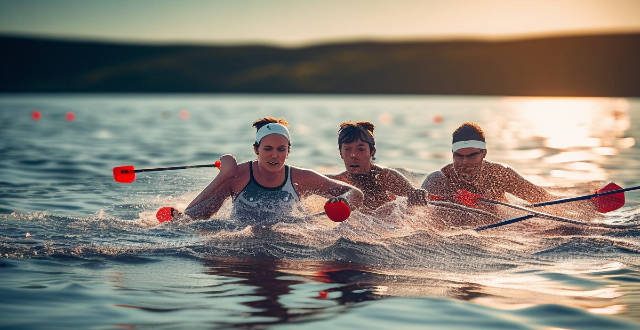
How does exercise physiology help in preventing sports injuries ?
Exercise physiology helps prevent sports injuries by understanding body mechanics, energy systems, and recovery needs. Athletes can reduce injury risk through proper warm-up/cool-down, cross-training, progressive overload, and sufficient recovery time.
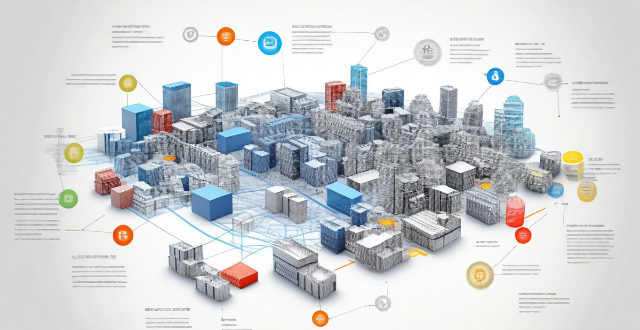
What role do scientists play in climate risk assessments ?
Scientists are crucial in climate risk assessments, analyzing data, developing models, and providing recommendations for mitigating risks. They collect data from multiple sources and use statistical methods to identify trends, create computer models to predict impacts, develop strategies to mitigate risks, and communicate their findings to build support for policies and actions.

How can organizations create a culture of risk awareness among employees ?
Organizations can create a culture of risk awareness among employees by implementing strategies such as leadership buy-in, training and education, open communication channels, integrating risk management into daily operations, recognizing and rewarding risk awareness, and continuous improvement. These efforts will help employees proactively identify, assess, and manage risks more effectively.

How can companies implement effective risk management strategies ?
Effective Risk Management Strategies for Companies Risk management is a critical aspect of any business operation. It involves identifying, assessing, and prioritizing potential risks that could impact the company's objectives. Here are some effective risk management strategies that companies can implement: 1. Identify Potential Risks: The first step in implementing effective risk management is to identify potential risks. This involves analyzing the company's operations and processes to determine what could go wrong. Some common types of risks include financial risks, operational risks, strategic risks, and compliance risks. 2. Assess and Prioritize Risks: Once potential risks have been identified, they need to be assessed and prioritized based on their likelihood and potential impact. This involves assigning each risk a score based on its severity and probability of occurrence. The risks can then be ranked in order of priority, with the most significant risks being addressed first. 3. Develop Risk Mitigation Plans: For each identified risk, a mitigation plan should be developed. This plan should outline the steps that will be taken to reduce or eliminate the risk. Mitigation plans can include avoidance, reduction, transfer, or acceptance. 4. Monitor and Review Risks Regularly: Risk management is an ongoing process, and companies should regularly monitor and review their risks. This involves tracking changes in the business environment and updating risk assessments accordingly. It also involves evaluating the effectiveness of risk mitigation plans and making adjustments as needed. In conclusion, effective risk management strategies involve identifying potential risks, assessing and prioritizing them, developing mitigation plans, and regularly monitoring and reviewing them. By implementing these strategies, companies can reduce their exposure to risks and protect their operations and bottom line.

What are some common tools and techniques used in risk management ?
Risk management is a process that involves identifying, assessing, and prioritizing potential risks. There are various tools and techniques used in risk management, including brainstorming, Delphi method, checklists, qualitative and quantitative assessment, risk matrix, cost-benefit analysis, avoidance, reduction, transference, acceptance, continuous monitoring, and audits. These tools and techniques help organizations and individuals manage risks effectively and make informed decisions.

How can climate risk management help reduce the impact of climate change on the environment ?
Climate risk management is a multi-step approach that helps mitigate the effects of climate change on the environment. It involves identifying and assessing risks, prioritizing them, developing adaptation strategies, implementing mitigation efforts, fostering collaboration, and continuously monitoring outcomes. This proactive method aims to protect natural systems from adverse climate impacts, promote sustainable practices, and reduce greenhouse gas emissions. By adopting these measures, we can build resilience against climate-related risks and contribute to a more sustainable future for all.
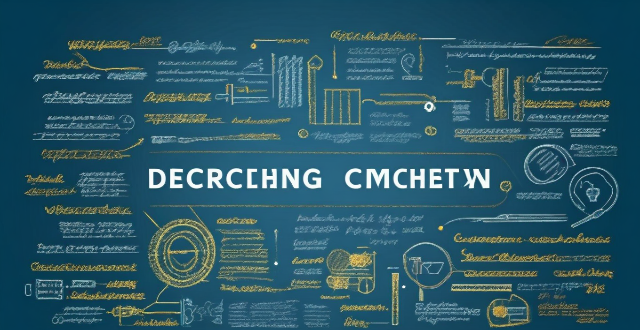
What are some emerging fields in sports research and development ?
The text discusses the emerging fields in sports research and development, highlighting five main areas: wearable technology and data analytics, virtual reality and augmented reality training, sports psychology and mental health support, nutrition science and gastrointestinal health, and biomechanics and injury prevention. Each section provides a brief overview of the field's benefits and potential impact on improving athletic performance, preventing injuries, and promoting overall well-being.

What is risk management and why is it important ?
Risk management is a systematic approach used by organizations to identify, assess, and prioritize potential risks that may impact their objectives. It involves implementing strategies to monitor and control these risks effectively. The goal of risk management is to minimize the probability and impact of negative events and maximize the opportunities for positive outcomes. The importance of risk management includes mitigating uncertainty, enhancing decision-making, compliance and regulatory requirements, protection of reputation, financial performance, and promoting innovation. Effective risk management is crucial for any organization looking to sustain its operations, protect its assets, enhance decision-making, maintain compliance, preserve its reputation, and improve its financial performance. It enables companies to navigate challenges proactively and capitalize on opportunities while minimizing the impact of potential threats.